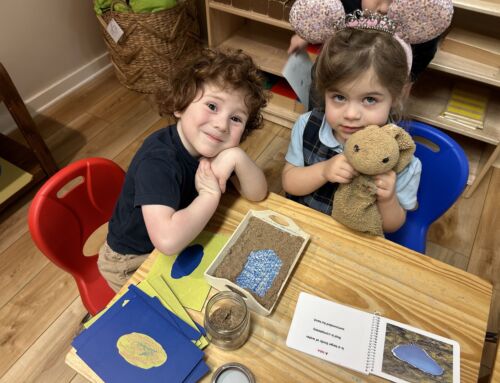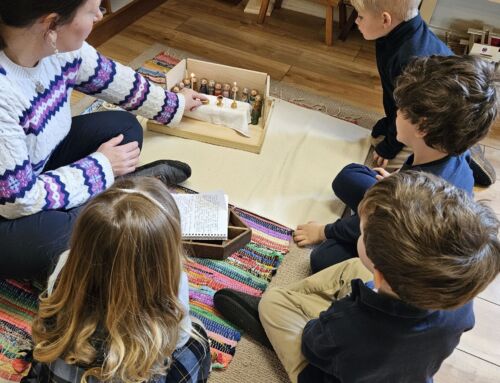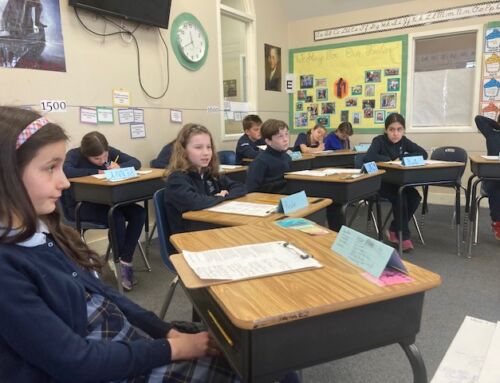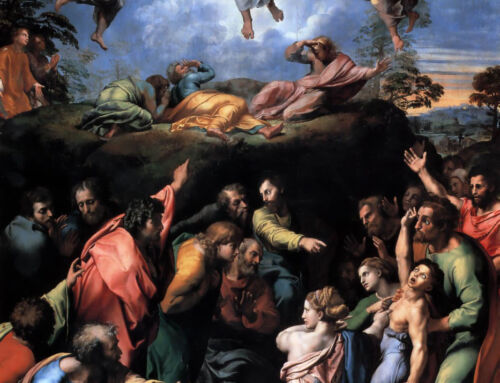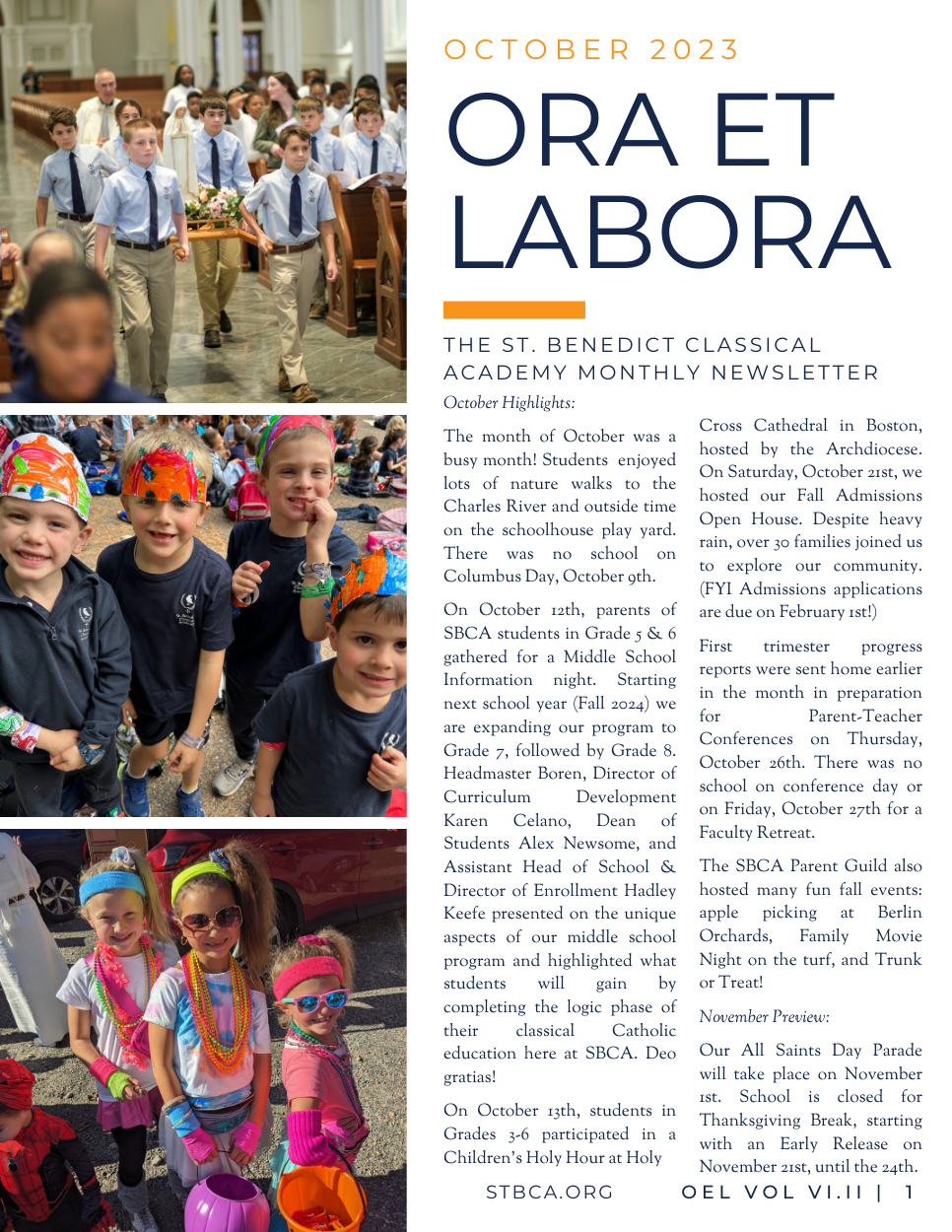“And the other children, when they saw that the Giant was not wicked any longer, came running back, and with them came the Spring.”
-“The Selfish Giant” by Oscar Wilde
No one looks forward to spring more than young children do. For a child of only six years, the months of winter amount to a significant portion of their lifetime so far. When they can finally throw open the windows and free themselves of the weight of their snow boots, the children are able to look out on a world that, to them, is truly being made anew. The spring beckons the children to venture further and look deeper than ever before. The warmer weather allows for longer periods of exploration and discovery. Every new growth or creeping bug becomes the subject of fascination, scrutiny, and delight.
The Classical tradition of teaching science, particularly in the younger years, depends very much on this ability to discover and observe the natural world around us. The first grade class makes frequent trips to the bank of the Charles River to see how our world changes through the seasons. We often bring notebooks and pencils to sketch and write about what we find. The weeks from the end of March through May were full of surprises for us. Last week we were able to spot a baby bunny small enough to fit in my hand as well as a snake basking in the sun by the water. The flowers we assumed would be daffodils, bloomed to reveal a variety of tulips that was new to me, as well as the kids.
I’m always glad when Easter falls later in the year. We celebrate Our Lord rising from the tomb just as the Earth is springing to new life. One symbol of the Resurrection found in nature is that of the metamorphosis of the butterfly. The caterpillar seems to die entombed in his chrysalis but then lives again in a far more beautiful state. The first grade students have been observing six painted lady caterpillars over the past few weeks. Watching a caterpillar eat, grow, and form its chrysalis is not always a particularly pleasant sight, but the anticipation and hope of what may be makes the wait worthwhile.
I’ve made a tradition of reading one of my favorite books, The Wind in the Willows by Kenneth Grahame to my students during the spring. The first chapter tells of the character of Mole as he discovers the joys of the riverbank in spring for the first time.
“The Mole was bewitched, entranced, fascinated. By the side of the river he trotted as one trots, when very small, by the side of a man who holds one spellbound by exciting stories; and when tired at last, he sat on the bank, while the river still chattered on to him, a babbling procession of the best stories in the world, sent from the heart of the earth to be told at last to the insatiable sea.”
My hope is that my students may, like the Mole, be entranced by the wonder and beauty of our natural world.
Author: Julia Hieronymus, 1st Grade Teacher

